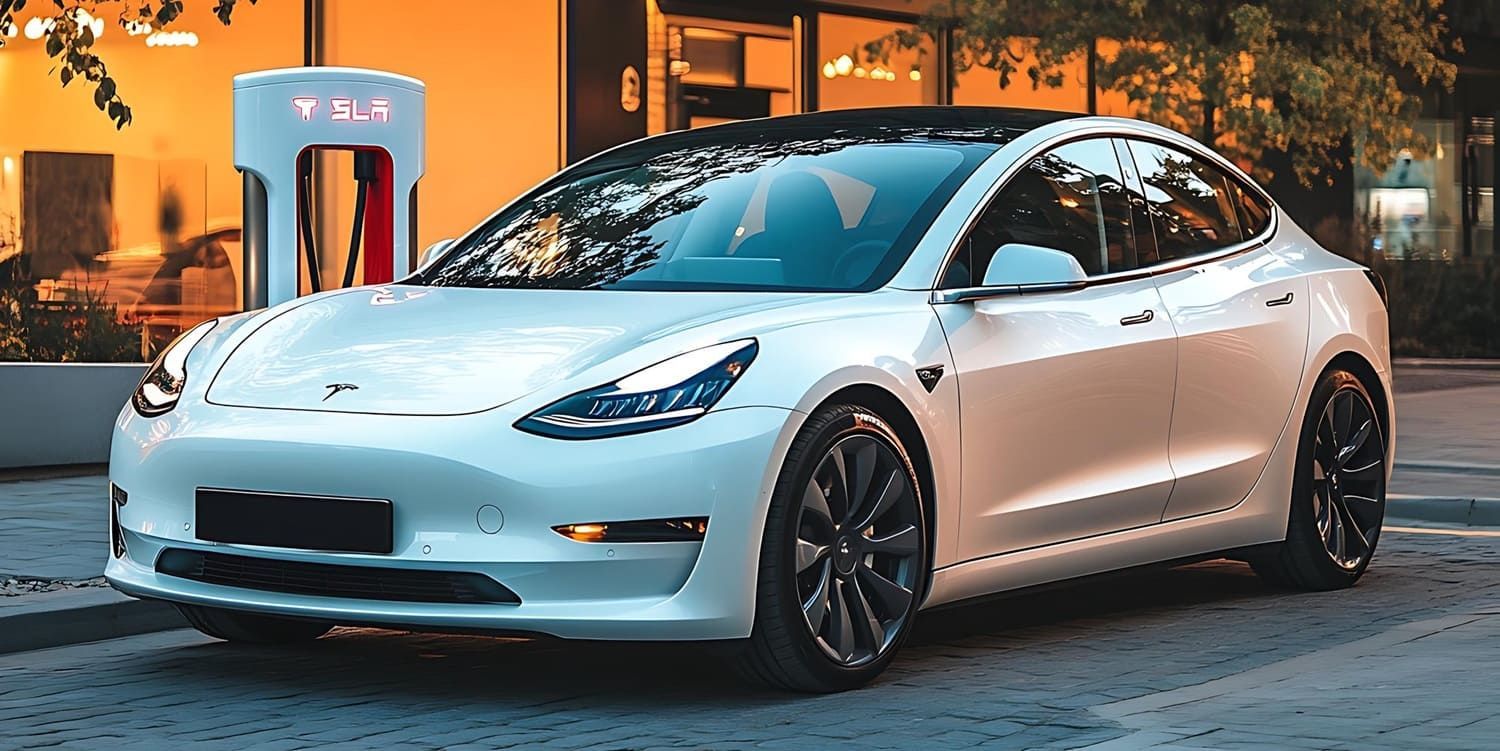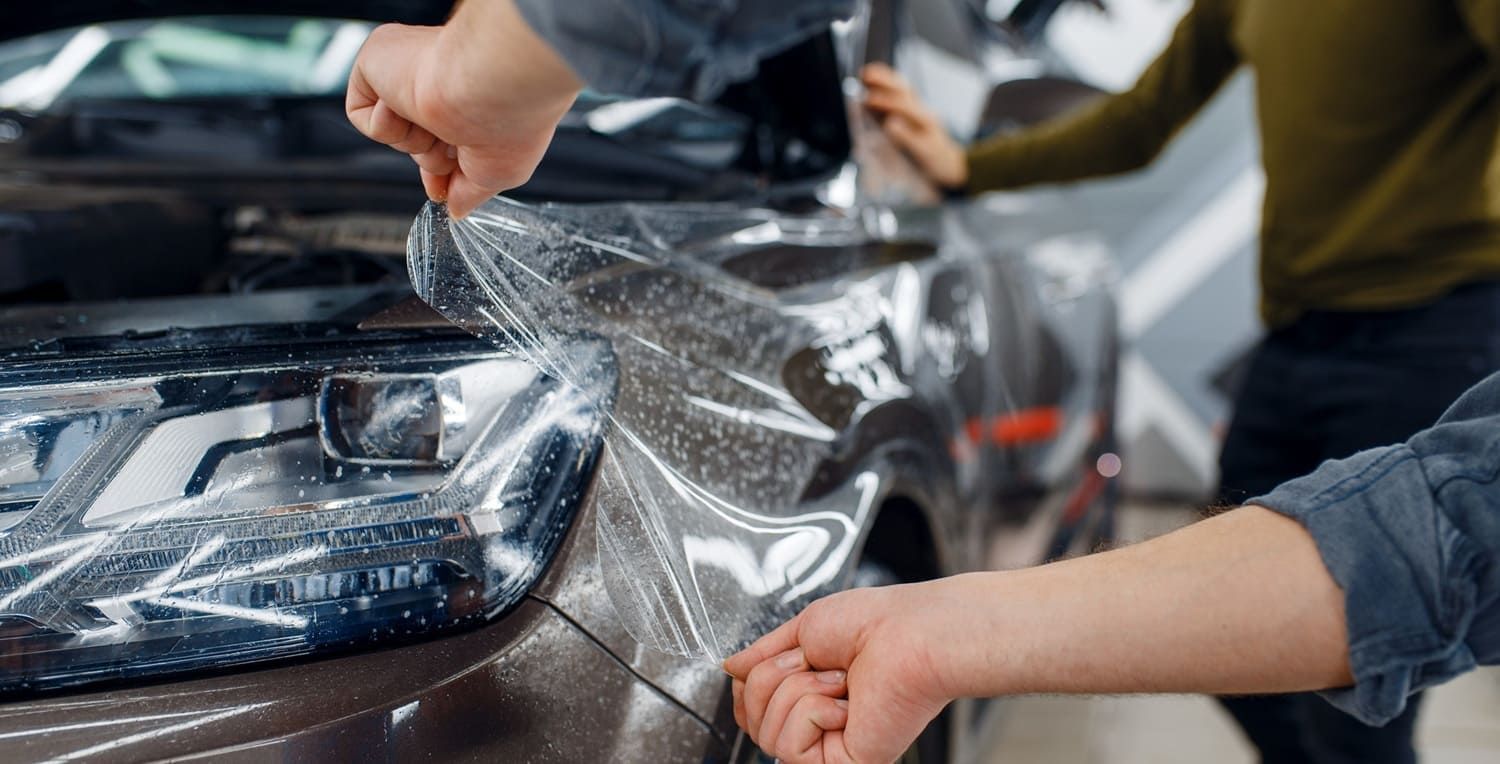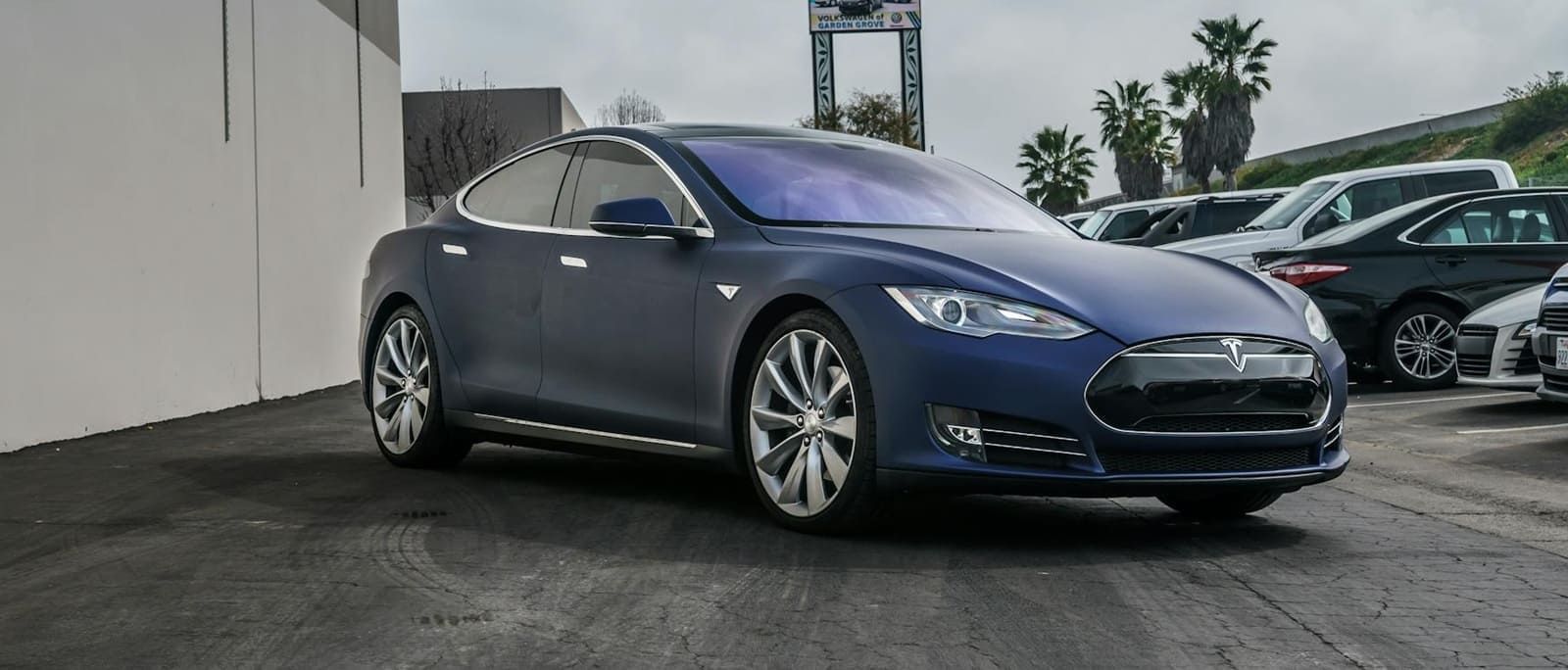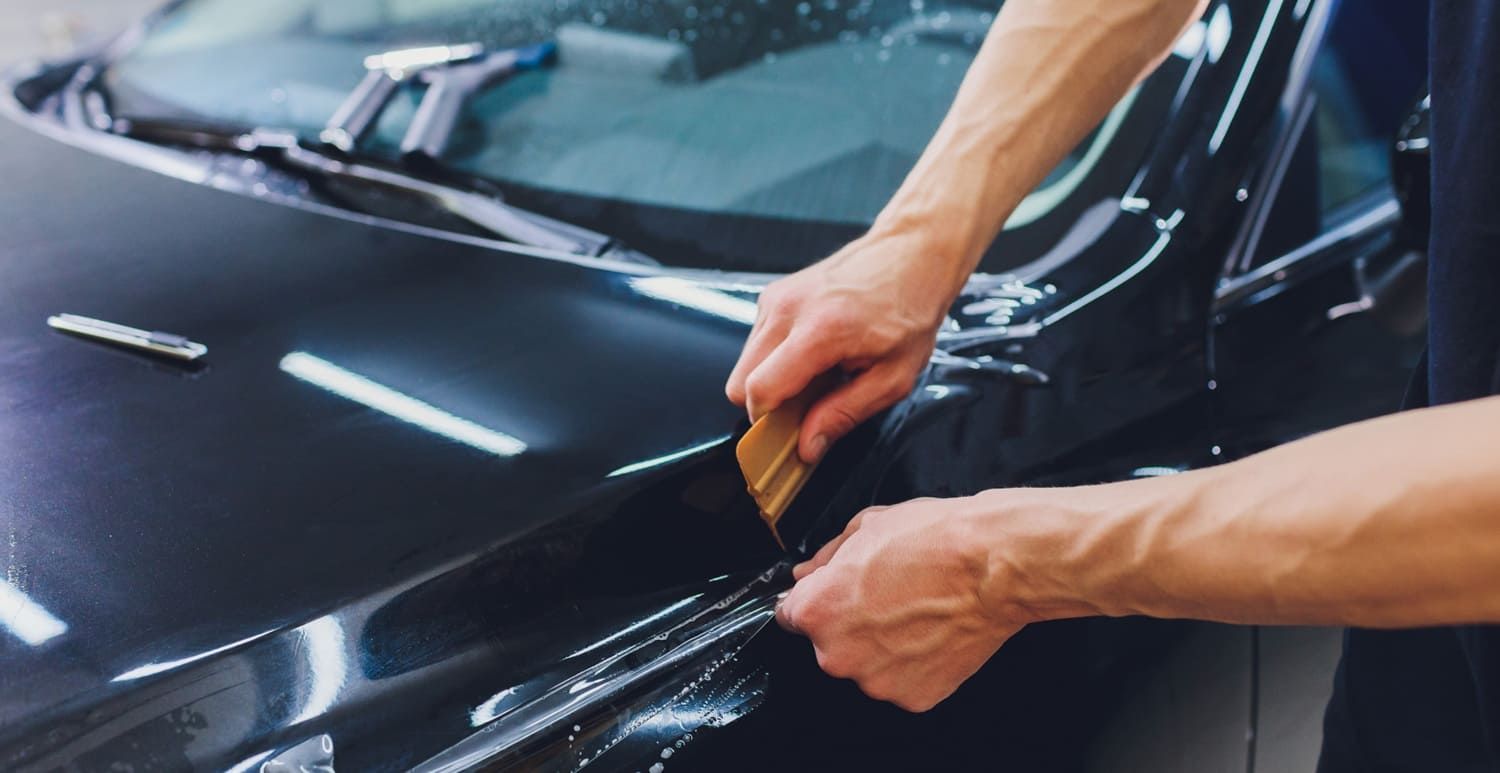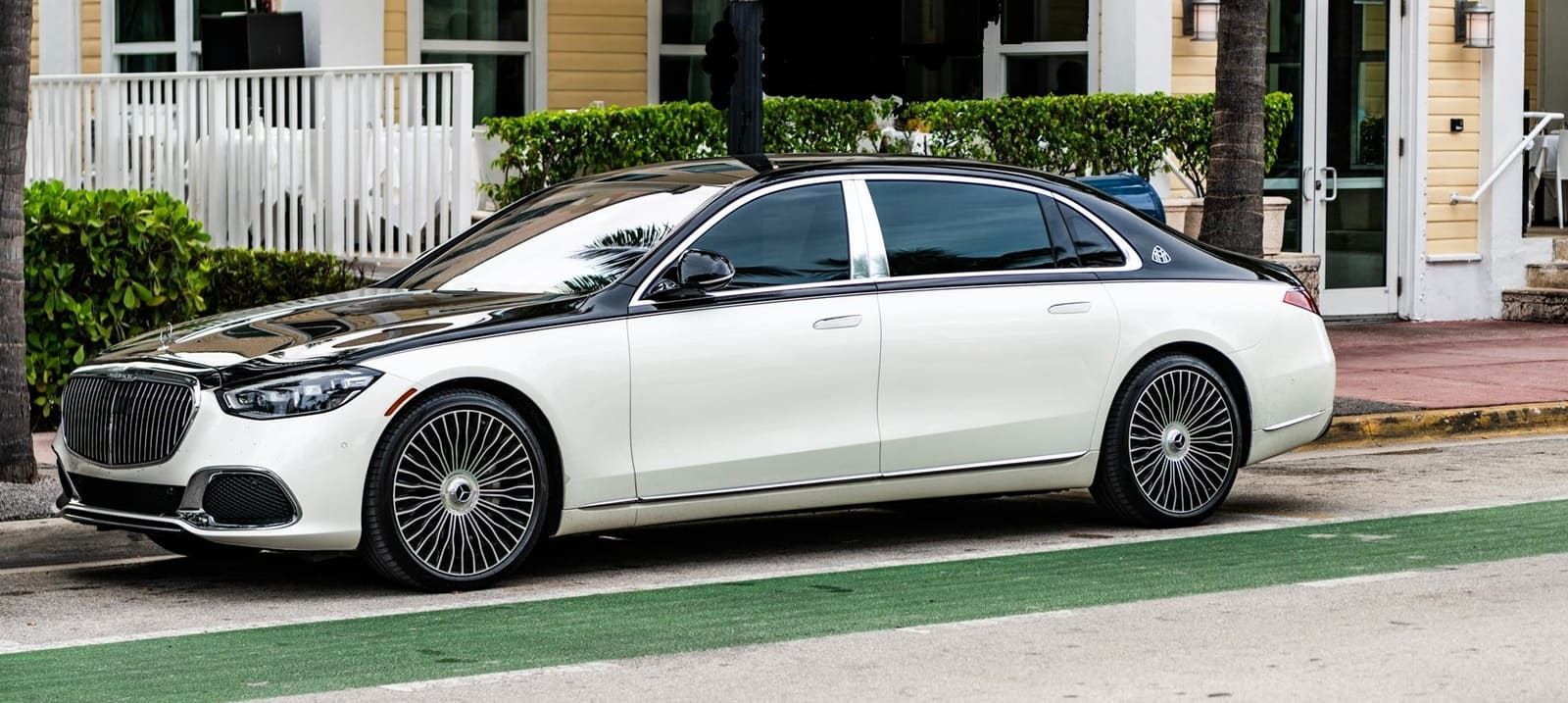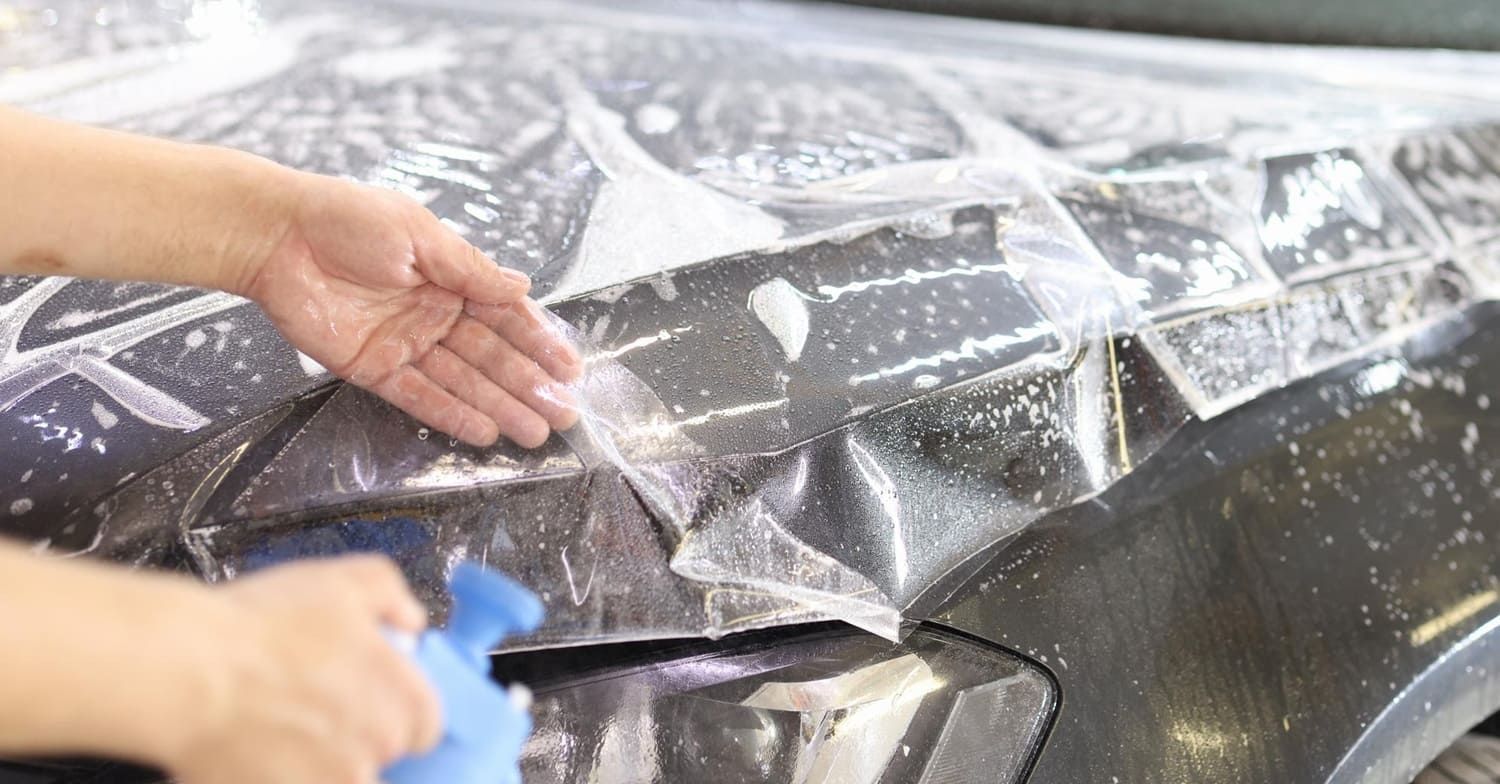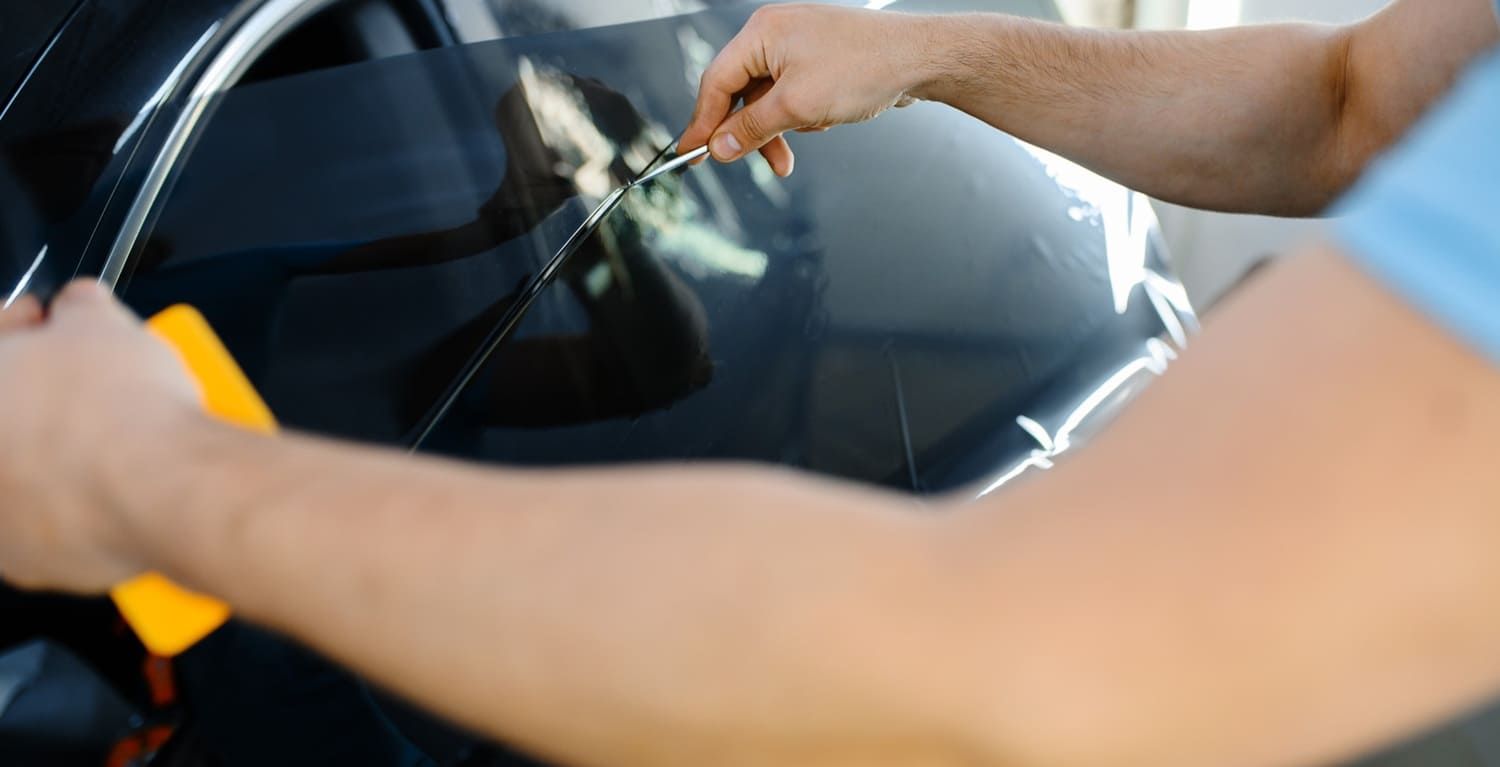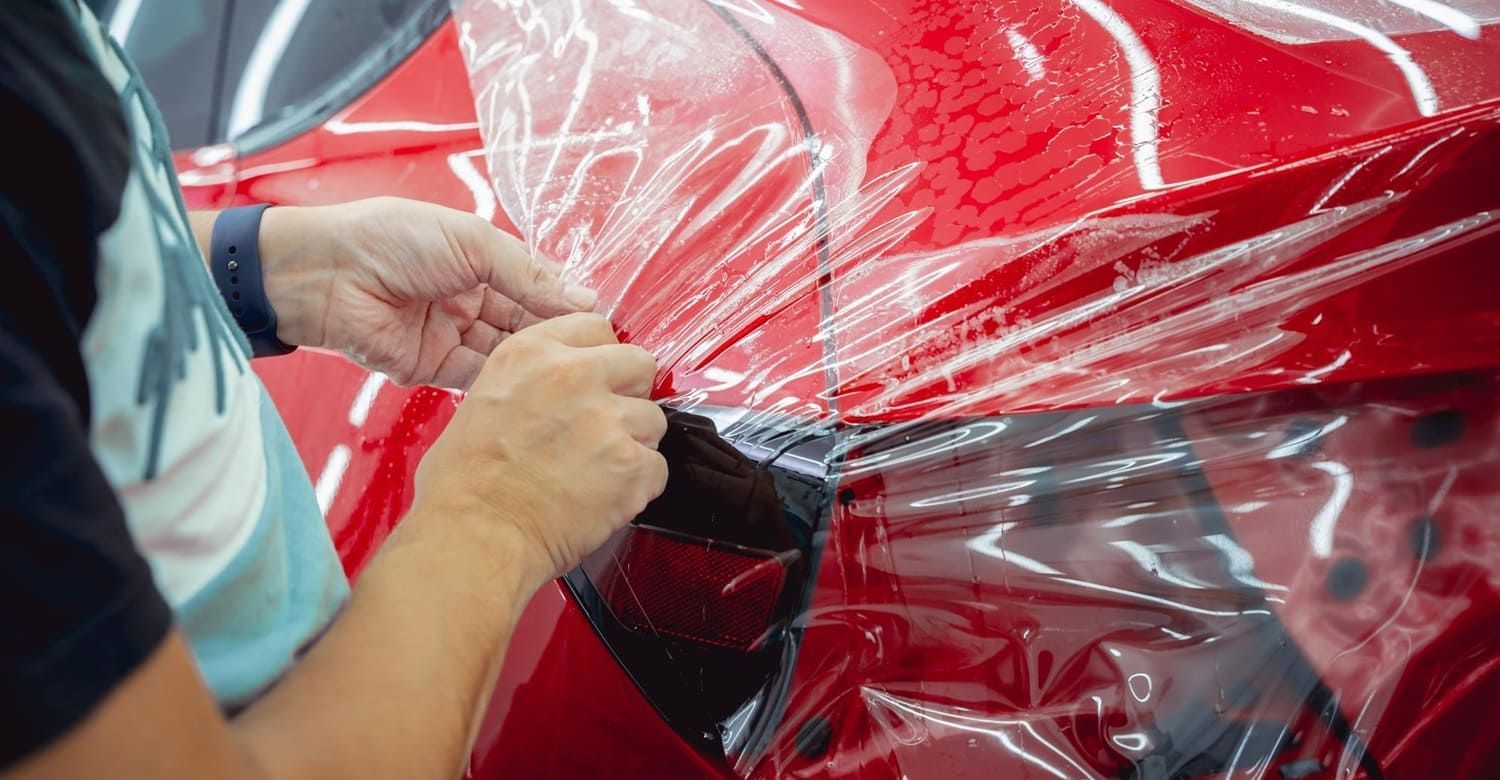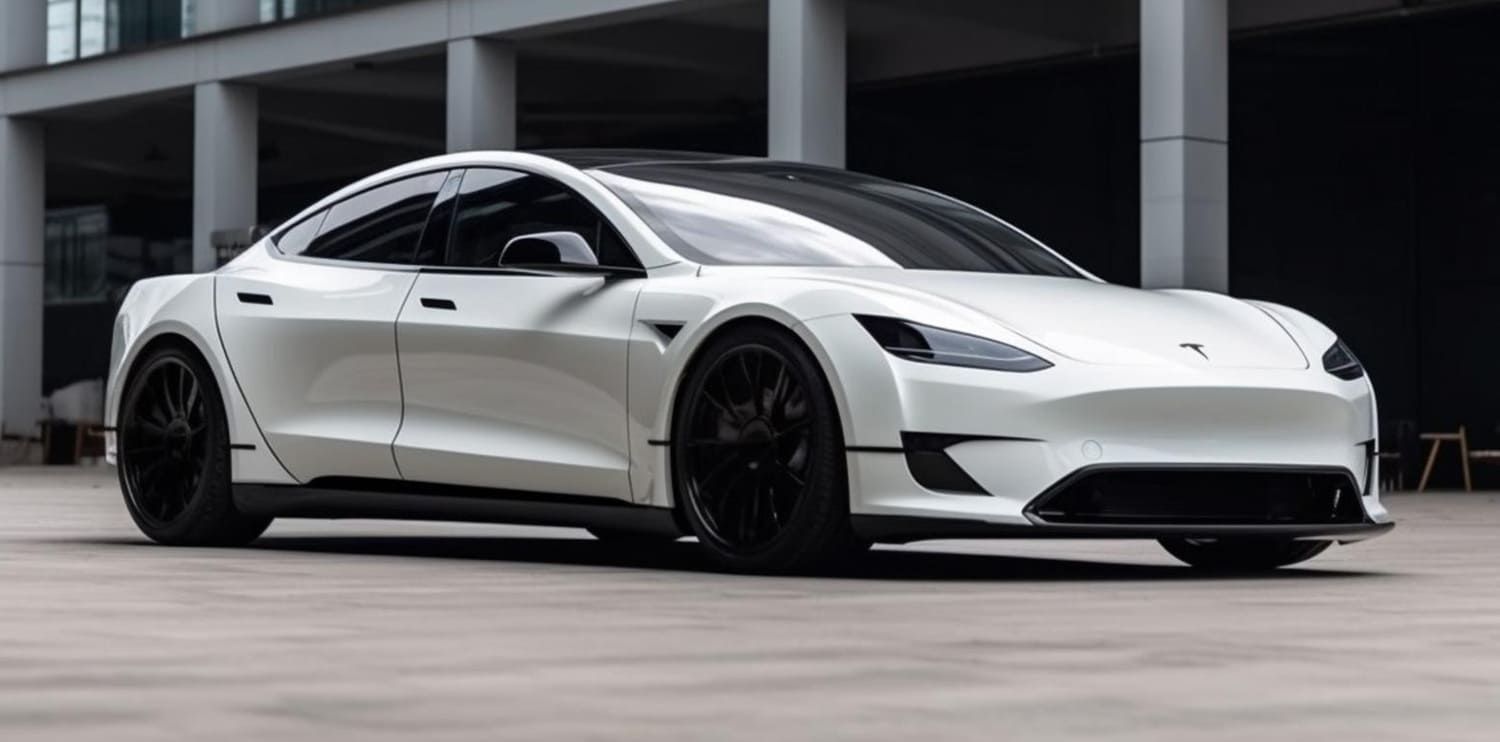Dyed, Ceramic, or Carbon? Comparing Popular Window Tinting Options
In this article, we will explore the different types of auto window tinting options available today. From dyed to ceramic, each type of tint offers its own set of benefits and drawbacks. Understanding these options can help you make a better choice for your vehicle, ensuring comfort, privacy, and protection from harmful UV rays.
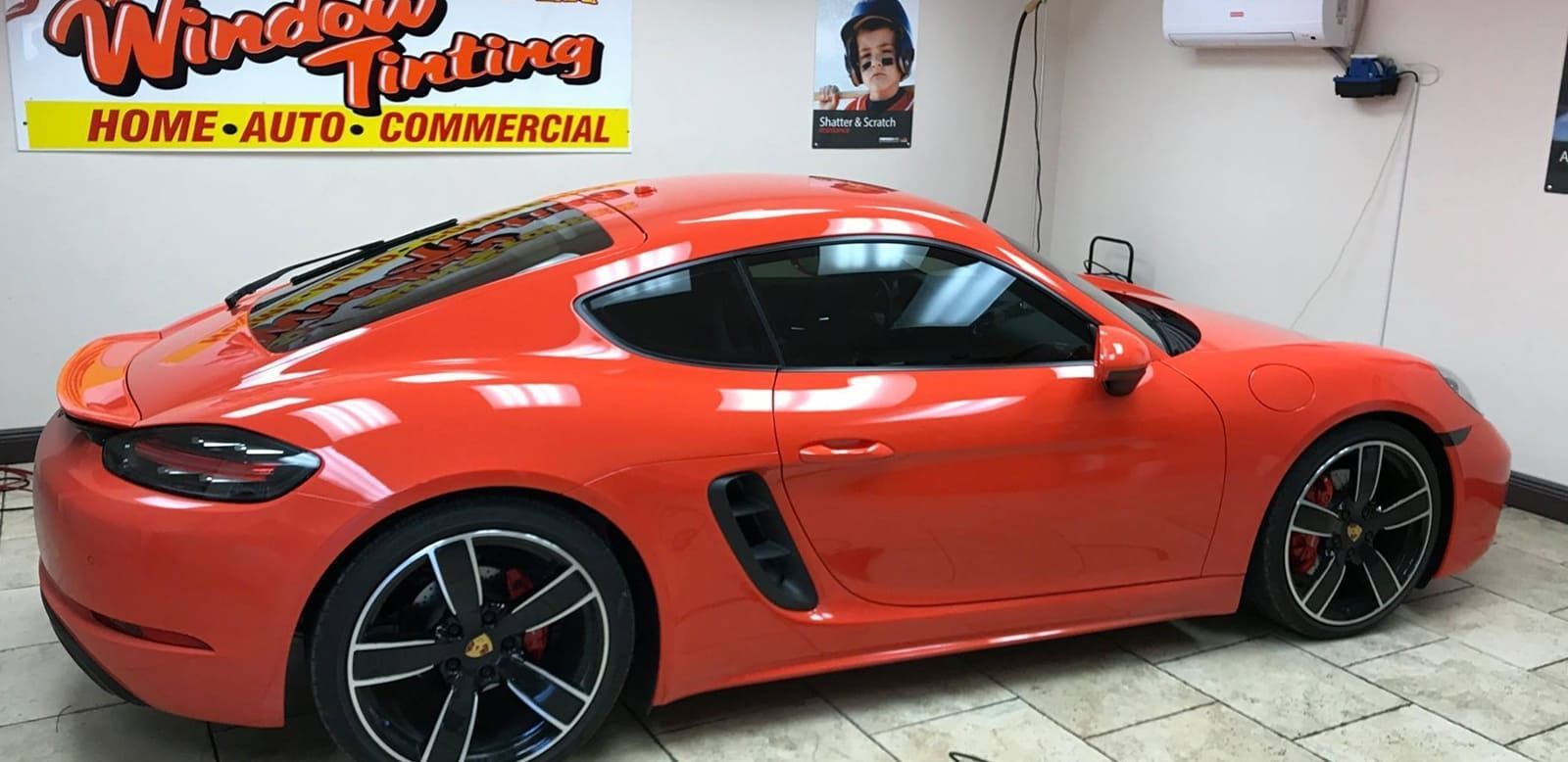
Key Takeaways
- Dyed window tint is the most affordable option but offers limited heat and UV protection.
- Metalized tint reflects heat effectively but may interfere with electronic signals.
- Carbon tint provides good heat rejection without affecting signal performance.
- Ceramic tint offers the best UV protection and heat rejection but comes at a higher price.
- Choosing the right tint depends on your specific needs, budget, and desired level of comfort.
Understanding Auto Window Tinting Options
What is Window Tinting?
So,
window tinting, what's that all about? Basically, it's this thin film you stick on your car windows. It's like sunglasses for your ride. It helps cut down on the sun's glare, keeps your car cool, and gives you a bit of privacy.
Benefits of Window Tinting
Why bother with tinting? Here’s why:
- UV Protection: Keeps those nasty UV rays out, which is great for your skin and your car’s interior.
- Heat Reduction: Makes your car feel like a cool oasis, even on a blazing hot day.
- Added Privacy: No more feeling like you're in a fishbowl. Tinting gives you some privacy from prying eyes.
- Glare Reduction: Cuts down the glare from the sun and headlights, making driving less of a hassle.
- Aesthetic Appeal: Let’s be honest, a tinted car just looks slick.
Tinting isn’t just about looks; it’s about comfort and safety. It’s like giving your car a little upgrade that makes a big difference.
Types of Window Tinting Films
Now, not all tints are created equal. Here’s a quick rundown:
- Dyed Film: The most basic and budget-friendly. It’s good for looks and some privacy.
- Metalized Film: This one's a bit more high-tech. It’s got tiny metallic particles that bounce the sun off your windows.
- Carbon Film: Offers a matte finish and good heat rejection without the shiny look.
- Ceramic Film: The top dog of tints. It blocks heat and UV rays like a champ, without messing with your gadgets' signals.
Exploring Dyed Window Tint
Characteristics of Dyed Tint
So, dyed window tint is like the old-school option in the tinting world. It's pretty much the budget-friendly choice. You get this non-reflective, matte look, which can be kind of cool if you're not into shiny stuff. And it comes in
different shades, so you can go light or dark, whatever floats your boat.
Advantages of Dyed Tint
- Cost-Effective: It's the cheapest option out there, so if you're watching your wallet, this might be your go-to.
- Privacy: Keeps prying eyes out, which is always a win.
- Glare Reduction: Cuts down on that annoying glare from the sun or headlights, making driving a bit more chill.
Limitations of Dyed Tint
- Fades Over Time: This stuff doesn't last forever. The color can fade, especially if your car's baking in the sun a lot.
- Less Heat Rejection: Not the best at keeping your car cool. If you're in a hot area, you might want to think twice.
- UV Protection: It's alright but doesn't block UV rays as well as some of the pricier options.
If you're looking for something that won't break the bank and just want a bit of privacy and a nicer look, dyed tint could be your thing. But, if you're after serious sun protection and long-lasting color, you might end up wanting more.
The Features of Metalized Window Tint
Composition of Metalized Tint
Metalized window tint is made with tiny metal bits mixed into the film. These metal bits do a great job of bouncing heat away instead of soaking it up. This makes your car cooler on hot days. But, it does have a shiny look that some folks dig, while others might not.
Benefits of Metalized Tint
Here's why you might like metalized tint:
- Heat Reflection: Keeps your car cooler by bouncing heat away.
- Durability: It's pretty tough and can last a long time.
- Scratch Resistance: Less likely to get scratched compared to some other tints.
Drawbacks of Metalized Tint
But it's not all sunshine and rainbows. There are some downsides:
- Signal Interference: Those metal bits can mess with your GPS, radio, or phone signals.
- Shiny Appearance: Some people don't like the reflective look.
- Cost: It can be pricier than dyed tints.
Metalized tints are like the flashy sports cars of window films: they look cool and perform well, but you might have to deal with a few quirks.
Why Choose Carbon Window Tint?
Properties of Carbon Tint
Carbon tint's got these little carbon particles inside that soak up sunlight. They're especially good at grabbing those infrared rays that make your car feel like an oven. So, less heat means you might not need to crank the AC as much. Plus, it helps cut down on that annoying glare while driving.
Pros of Carbon Tint
- Non-reflective and Matte Finish: It doesn’t have that shiny, mirror-like look, which some folks prefer.
- Privacy: You get a bit more privacy since it’s harder for people to see inside your car.
- Durable: Known for not fading over time, so it looks good longer.
Cons of Carbon Tint
- UV Protection: It’s not the best at blocking UV rays compared to some other tints.
- Cost: Can be pricier than basic dyed tints, but usually cheaper than ceramic.
If you’re looking for a tint that keeps your car cool and offers a sleek look, carbon tint might just be what you need. But, if UV protection is a big deal for you, maybe look into other options too.
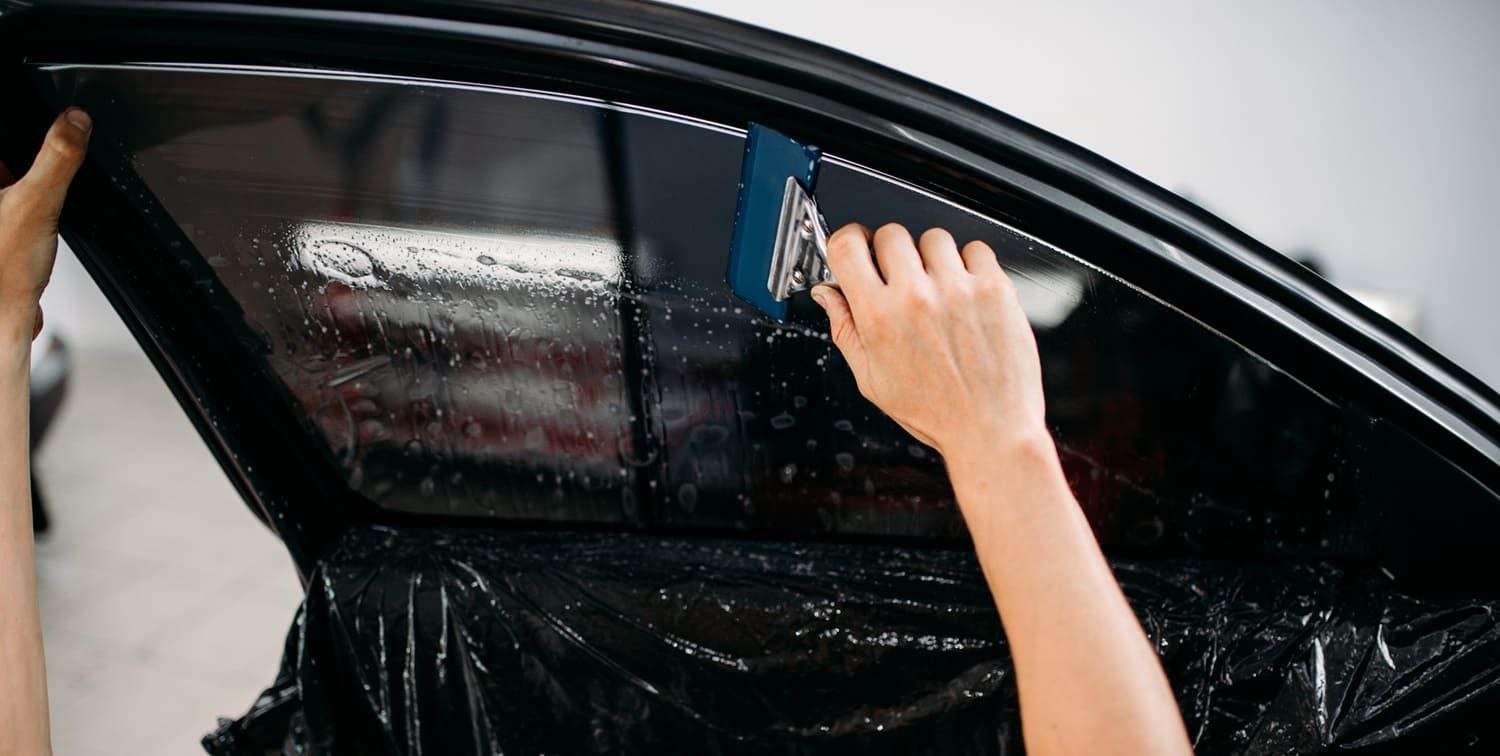
Ceramic Window Tint: The Premium Choice
Unique Qualities of Ceramic Tint
Ceramic tint isn't your average window film. Instead of using metals or dyes, it uses tiny ceramic particles. These particles are non-conductive and non-metallic, which means they don't mess with your phone or GPS signals. Plus, they block a whopping 99% of UV rays. That's a big deal for keeping your car's interior looking fresh and your skin protected from the sun.
Advantages of Ceramic Tint
Here’s where ceramic tint really shines:
- UV Protection: Blocks almost all harmful UV rays, keeping your skin safe and your car's interior from fading.
- Heat Reduction: Keeps the car cooler by cutting down on infrared light.
- Visibility: Even with all that protection, it doesn’t make your windows super dark, so you can still see clearly, especially at night.
Potential Downsides of Ceramic Tint
But hey, nothing's perfect, right? Here are a few things to consider:
- Cost: This is the big one. Ceramic tints are usually more expensive than other types.
- Installation: You’ll want a pro to put this on. It’s not a DIY job unless you’re really good at it.
Ceramic tint is like that fancy gadget you splurge on. It costs more upfront, but the benefits make it worth it in the long run.
Comparing Carbon and Ceramic Tints
Heat Rejection Capabilities
Alright, so when it comes to keeping your car cool, both carbon and ceramic tints do a pretty good job. But let's be real, ceramic tints take it up a notch. They block more of that pesky infrared light, which means your car stays cooler even when it's blazing hot outside. Carbon tints aren't too shabby, though. They still cut down on a lot of the heat, just not as much as ceramic.
UV Protection Levels
Now, UV protection is where ceramic tints really shine. They block almost all of the sun's harmful rays, like up to 99% of them. That's a big deal if you want to keep your skin safe and your car's interior from fading. Carbon tints offer some UV protection too, but they just can't compete with ceramic on this front.
Cost Considerations
Here's the deal with cost: carbon tints are generally easier on the wallet. If you're watching your budget, carbon might be the way to go. But if you're thinking long-term and want the best protection, ceramic tints might be worth the splurge. They're pricier, but considering the benefits, it might be a good investment.
When choosing between carbon and ceramic tints, think about what matters most to you—whether it's cost, protection, or just keeping your car cool. Each has its perks, so weigh them against what you need.
Selecting the Right Tint for Your Vehicle
Assessing Your Needs
Alright, let's kick it off by figuring out what you really need. Do you want to keep your car cool during those scorching summer months? Or maybe you're all about that privacy and don't want anyone peeking in. List down your priorities, like UV protection, privacy, or just plain aesthetics. Knowing what you want makes the decision a whole lot easier.
Budget Considerations
Now, let's talk cash. Tints aren't all priced the same. You've got your dyed tints, which are generally the cheapest. Then there's metalized and carbon tints, which sit in the middle. And if you're going for the top-shelf stuff, ceramic tints are where it's at. Here's a quick look:
| Type | Cost Range |
|---|---|
| Dyed | $- |
| Metalized | $$ |
| Carbon | $$ |
| Ceramic | $$$ |
Remember, sometimes it's worth spending a bit more now to save on cooling costs or to keep your car looking sharp for longer.
Using a Tint Simulator
Before you commit, why not test drive your tint choice? A tint simulator can show you how different tints will look on your car. It's like trying on clothes before you buy. You get to see if that dark tint really matches your style or if you should go a shade lighter. It's a handy tool to avoid any buyer's remorse.
"Picking the right tint is like finding the perfect pair of sunglasses for your car - it’s gotta fit just right and do its job."
So, take your time, weigh your options, and choose the tint that ticks all your boxes. Happy tinting!
Final Thoughts on Window Tinting Options
In conclusion, when it comes to choosing the right window tint for your car, each type has its own strengths. Dyed tint is great for those on a budget, while metalized tint offers a shiny look but can interfere with signals. Carbon tint is a solid choice for heat reduction and privacy, but it doesn’t block UV rays as well. On the other hand, ceramic tint stands out as the best option overall, providing excellent UV protection, heat rejection, and durability. While it may cost more upfront, the long-term benefits make it worth the investment. Ultimately, your choice should depend on your specific needs and budget, ensuring you enjoy a comfortable and safe driving experience.
At Sunstopper Window Tinting in Melbourne, FL, we offer a wide range of high-quality window tint options tailored to meet your specific requirements. Our expert team ensures professional installation and helps you select the perfect tint type that aligns with your needs and budget. Contact us today for a free estimate and let us help you enhance your vehicle’s comfort, style, and protection with our top-notch window tinting services.
Frequently Asked Questions
What is window tinting?
Window tinting is a thin film applied to your car's windows. It helps block heat and sunlight from entering the vehicle.
What are the benefits of window tinting?
Window tinting can keep your car cooler, protect against harmful UV rays, reduce glare, and offer more privacy.
What is dyed window tint?
Dyed window tint is a budget-friendly option that gives a non-reflective look and helps with heat and UV protection.
How does carbon window tint work?
Carbon window tint uses carbon particles to absorb heat and light, keeping your car cooler without interfering with signals.
Why is ceramic window tint considered the best?
Ceramic window tint blocks up to 99% of UV rays and provides excellent heat rejection while maintaining clear visibility.
How do I choose the right tint for my car?
Consider your needs, budget, and preferences. You can also use a tint simulator to see how different tints will look on your vehicle.


